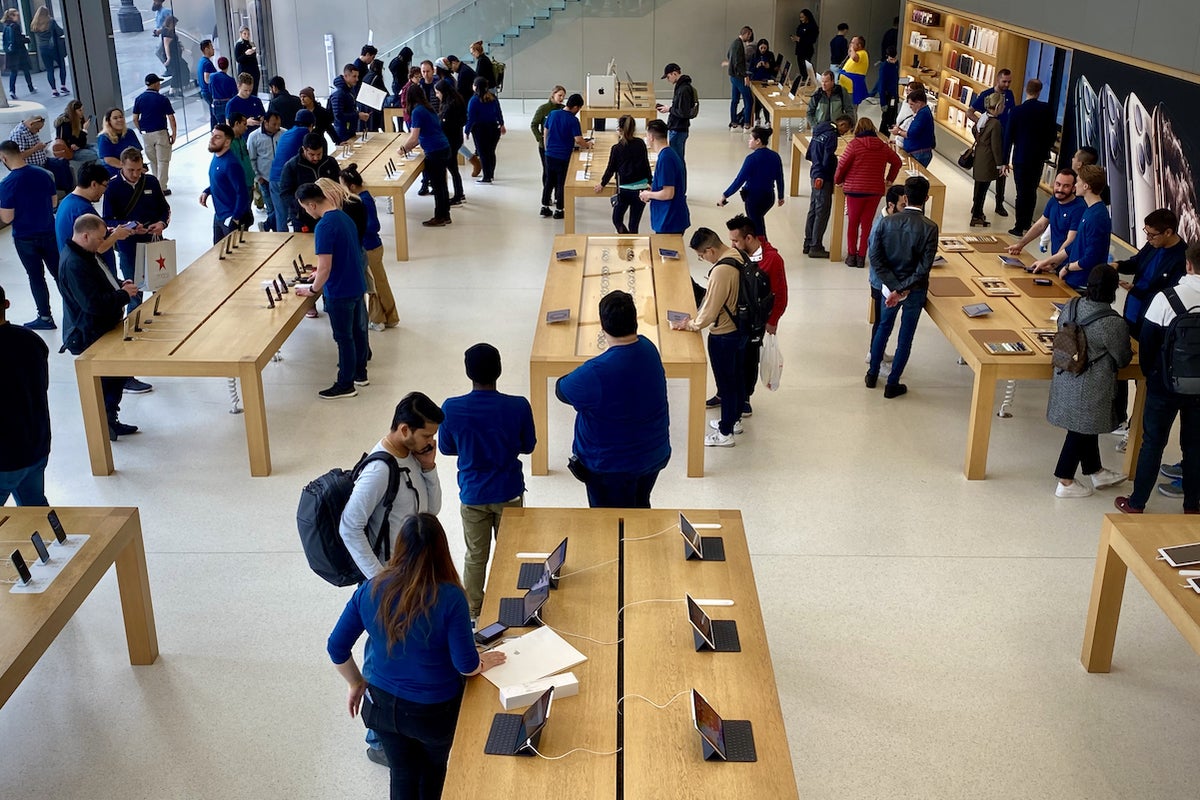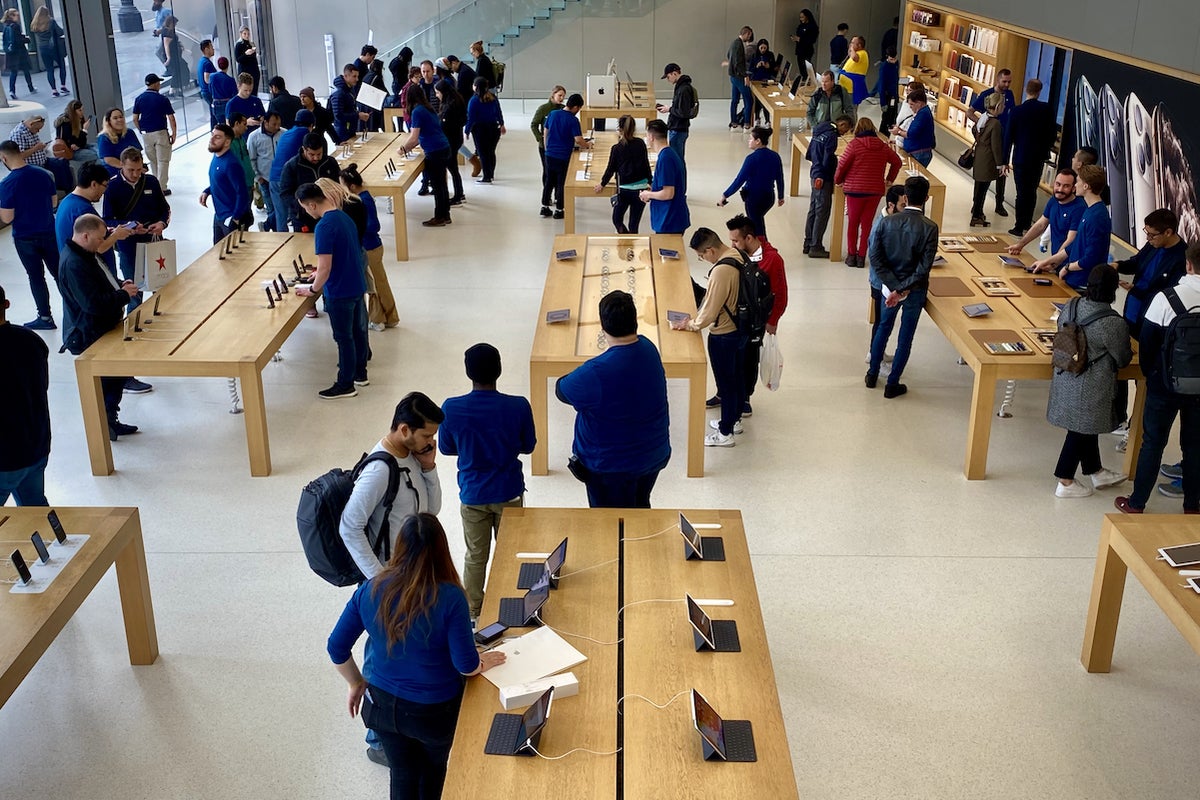
Until we get COVID-19 testing and vaccination sorted out, we’re going to need new go-to-market technology business models, in part because all the places people usually experience tech will be closed or constrained.
Can retail survive pandemic?
Think about main street retail.
We know this has been dramatically impacted already, but future consumers will be less ready to gather in large groups, which will make for less passing trade. This means that when it comes to shopping at retail, consumers will become more mission-led, visiting malls only when they definitely need to do so.
We’re told Apple hopes to begin opening its stores again in May, but this may change subject to the course of the pandemic.
When it does open up its retail business again, you can anticipate steep limitations in terms of customer numbers – Apple will not want to encourage lines outside of its stores for a while, no matter what product it is about to release.
This will also mean consumers won’t be as easily exposed to new technologies at Apple – or any other retail tech store.
At work, it seems inevitable we’ll see more enterprises agreeing to let employees work remotely. This will change working habits, seems likely to lead to a decline in the office rentals sector, and also means we’ll be less exposed to new technologies.
This may also mean that retailers focused on office worker markets will experience customer decline as consumers choose instead to shop local to where they are.
I don’t want to speculate much on these outcomes beyond this. The point I am trying to make is that many consumers simply won’t experience the same kind of exposure to technology (or anything else) in the same way we did before. And this means we’re going to need to develop new business models.
Entering the virtual store
Apple may have an opportunity here, as it can leverage its existing AR technologies to create virtual store and product experiences. The company has already begun working in that direction with its AR Mac Pro and iPad Pro experiences.
Apple is also thought to be working with retailers to develop AR-based shopping experiences. It makes sense to consider these technologies will be more widely deployed in support of retail in future.
While this may give people the chance to explore new products, the experience of interaction with AR is never quite the same as working with devices in real life.
This means that online retailers (with or without AR) will need to prepare themselves for an increase in the frequency of products purchased online being returned.
According to Kevin Nolan, vice president, UXIP at Strategy Analytics, “Consumers will likely gravitate even more to try out new devices from home and augmented reality, conversational UIs, and other interaction methods will need to be further developed to support this.”
It’s in this context that major hardware developers may have to think different about how they reach customers.
The inevitability of Apple as a service
The thing is, if you purchase a product online and must then return it, it’s a lot of hassle. Most consumers won’t want such hassle, so they’ll simply become more selective concerning the products they choose to buy.
It’s a lot of hassle for retailers, also, who must then handle the returns process, including (often) the need to consign return stock for reconditioning, or sell it by the boxful across some of the returned goods product auction sites.
One way to mitigate this is to change the way products are sold. At Apple, this could work like this, leveraging experience and technologies the company already has:
Phase 1: Exploration
Consumers engage with new products online via website, blogs, video and AR.
Phase 2: Explanation
Customers make contact with Apple’s sales support staff (the people you’ll usually chat with at a retail store). Following the company’s maxim to help customers find what they actually need, rather than sell the product they don’t really require, these operatives speak with potential customers to try to figure out exactly what they need.
Phase 3: Experience
Products are purchased and made available on a 30-day trial basis. At the end of the trial, customers can easily return the product.
Pricing to the people
Another way in which Apple can maximize the number of products that are kept is to ensure they are sold at costs consumers can afford, such as the iPhone SE and the lower-cost iMacs expected to be introduced this year.
Of course, it has seemed likely for some time that the company could adopt a rental model (as in the iPhone Upgrade Program) in which customers can get equipment and then upgrade on a regular basis. Such Apple-as-a-Service models make sense in the market we’re about to find ourselves in, as they enable access for a fee and also make it a great deal easier to recycle old equipment.
Is this such a radical idea? I don’t think so, not in a context in which many of the business practises we took for granted just a few short weeks ago have already been put on ice.
If ever we’ve needed to find some way to think different, now is that time.
Please follow me on Twitter, or join me in the AppleHolic’s bar & grill and Apple Discussions groups on MeWe.



